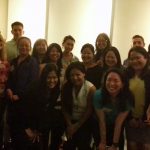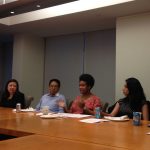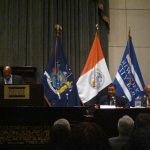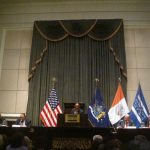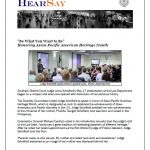//static.googleusercontent.com/external_content/picasaweb.googleusercontent.com/slideshow.swf
On June 13, the Asian American Law Fund of New York and the Asian American Bar Association of New York held their 2013 Summer Reception at Edwards Wildman’s New York office.
At this annual event, AALFNY presents the recipients of the Community Service Scholarship Awards. This year’s recipients were: Lucy Zhang, Duke ‘15, interning with New York Legal Assistance Group’s Total Life Choices department; Mieon Han (Fordham ’14), interning with MinKwon Center for Community Action. Also present was Nabila Taj, this year’s recipient of the AALFNY SABANY Public Interest Fellowship, interning at Queens Legal Services.
Also in attendance were many interns from this year’s class of the Joint Minority Bar Judicial Internship Program, co-sponsored by AALFNY, AABANY, the Metropolitan Black Bar Association, Black Bar Association of Bronx County, Puerto Rican Bar Association and the South Asian Bar Association of New York.
The special honoree was Glenn Lau-Kee, past President of AABANY and the President-elect of NYSBA, the first Asian American to hold that position. In June 2014, Glenn will take his place as the first Asian American President of NYSBA.
We thank all the contributors for making it possible for AALFNY and AABANY to support the scholarship fund and the JMB JIP. Thanks to all the attendees who came and helped make this year’s summer reception enjoyable and successful.





